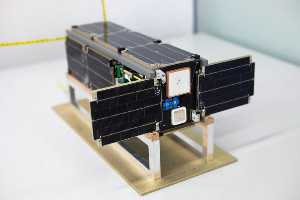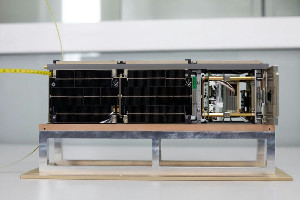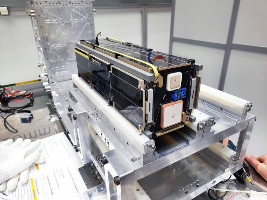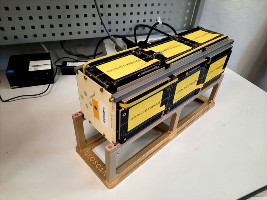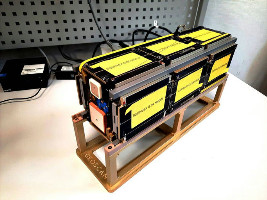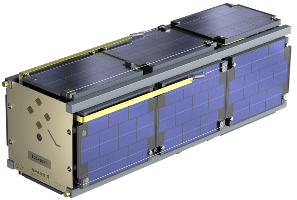| Spacecraft name | Horizon (Horizons, RS59S, Space-PI, Space π) |
|---|---|
| Spacecraft type | CubeSat |
| Units or mass | 3U |
| Mass in kg | 3.2 kg |
| Status | Operational (Many packets with data or visible packets on SatNOGS, last checked 2024-12-19) |
| Launched | 2024-11-04 |
| NORAD ID | 61757 |
| Deployer | 12U Deployer [Aerospace Capital] |
| Launcher | Sojuz |
| Entity name | Baltic State Technical University “VOENMEH” |
| Institution | University |
| Entity type | Academic / Education |
| Country | Russia |
| Manufacturer | AIVT by Geoscan |
| Oneliner |
Studying the effect of radiation on electronic components, testing an active orientation system based on flywheel engines, photographing the Earth's surface. |
| Description |
The satellite's payload includes:
|
| Sources | [1] [2] [3] [4] [5] |
| Photo sources | [1] |
| COTS subsystems |
|
| Subsystems sources | [1] |
| On the same launch |
|
Last modified: 2024-12-28
